
Gilbert Thomas Home
Block 44 Lot 2 color image 8121 54th Ave Gilbert Thomas

Block 44 Lot 2 color image 8121 54th Ave Gilbert Thomas
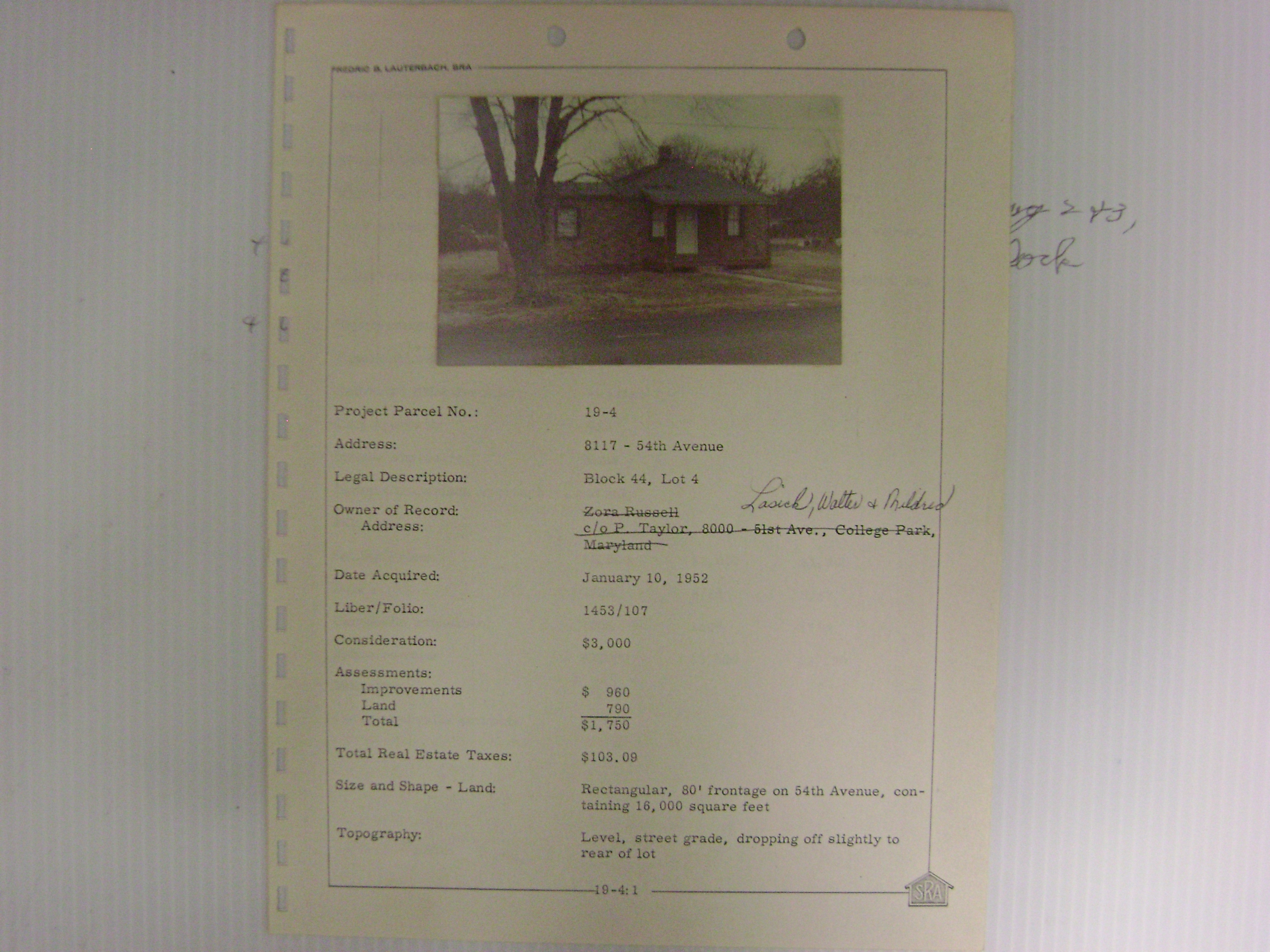
Block 44 Lot 4 owned by Walter and Mildred Lasick 8117 54th Ave Urban Renewal Block19 Parcel 4

8200 Rhode Island Avenue Leonard Smith and Mamie McCorkle

Appraisal Report - 4810 Lakeland Rd, west half of Lot 13 block 12 Urban Renewal Parcel 18 Block 24
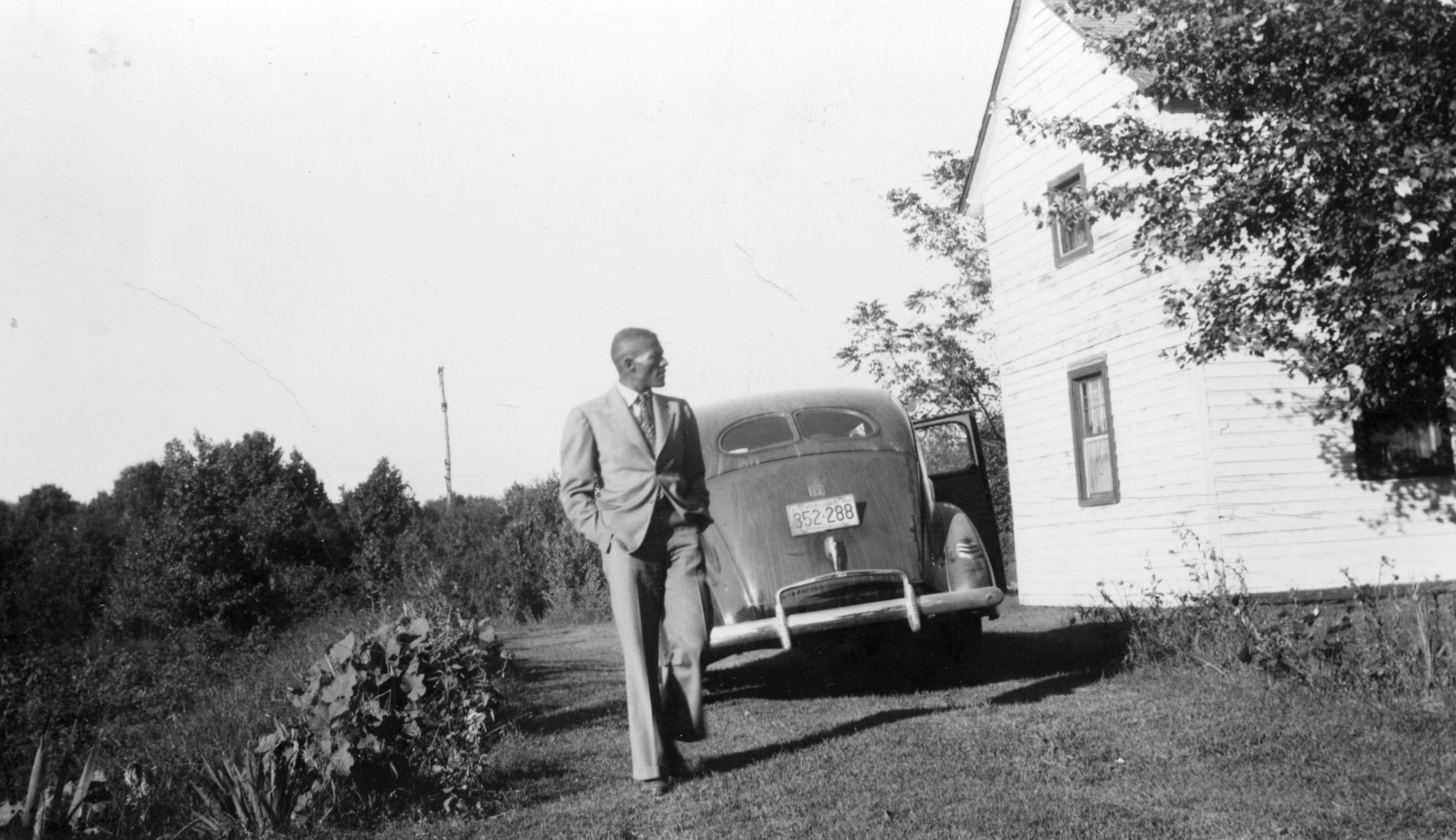
unknown
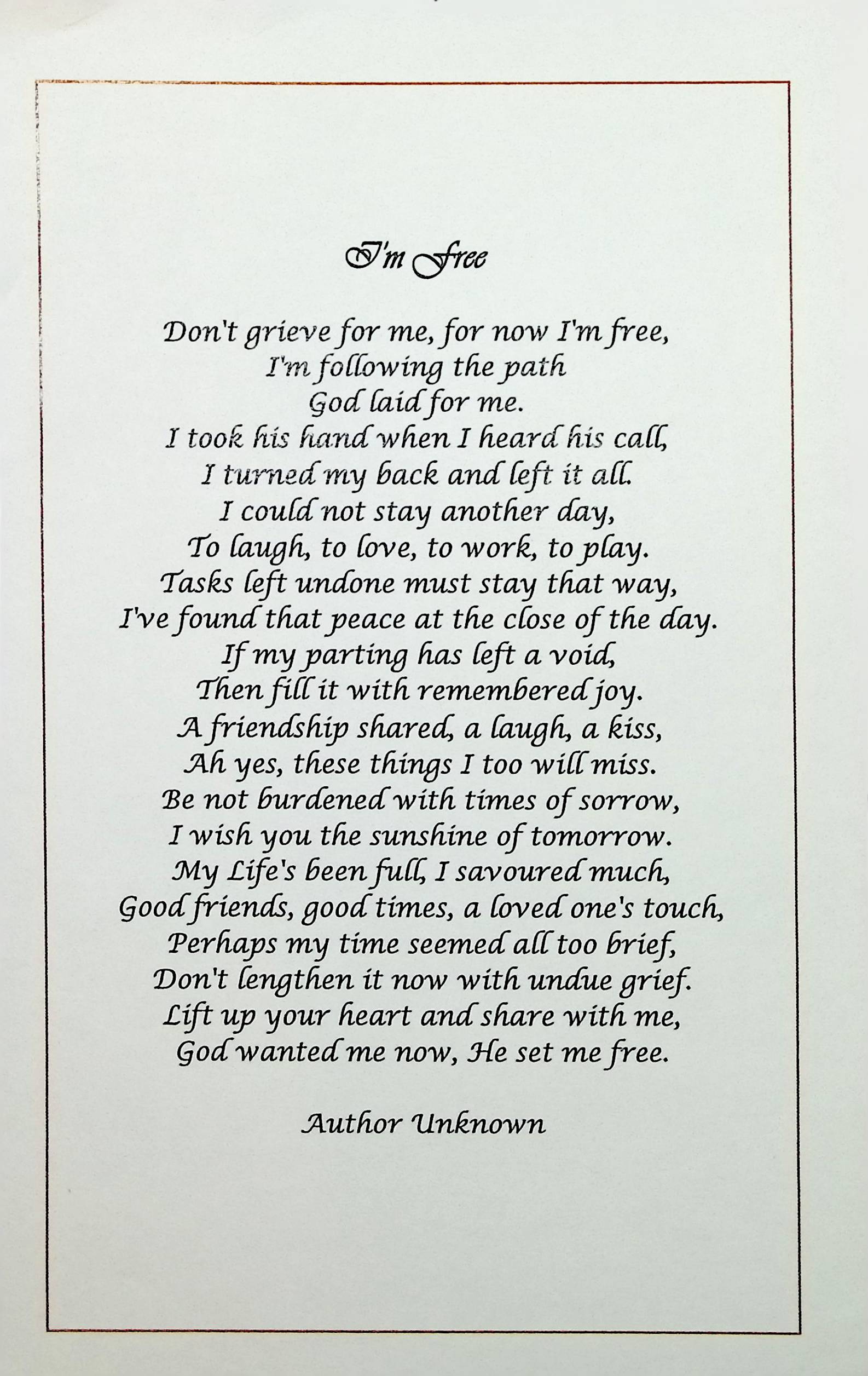
Going, Gone The first demolition in Lakeland located at 4800 Navahoe St. The first of 65 structures to be cleared

8104 48th Ave Plaza Properties

8106 48th Ave Melbourne Pl and 48th Avenue
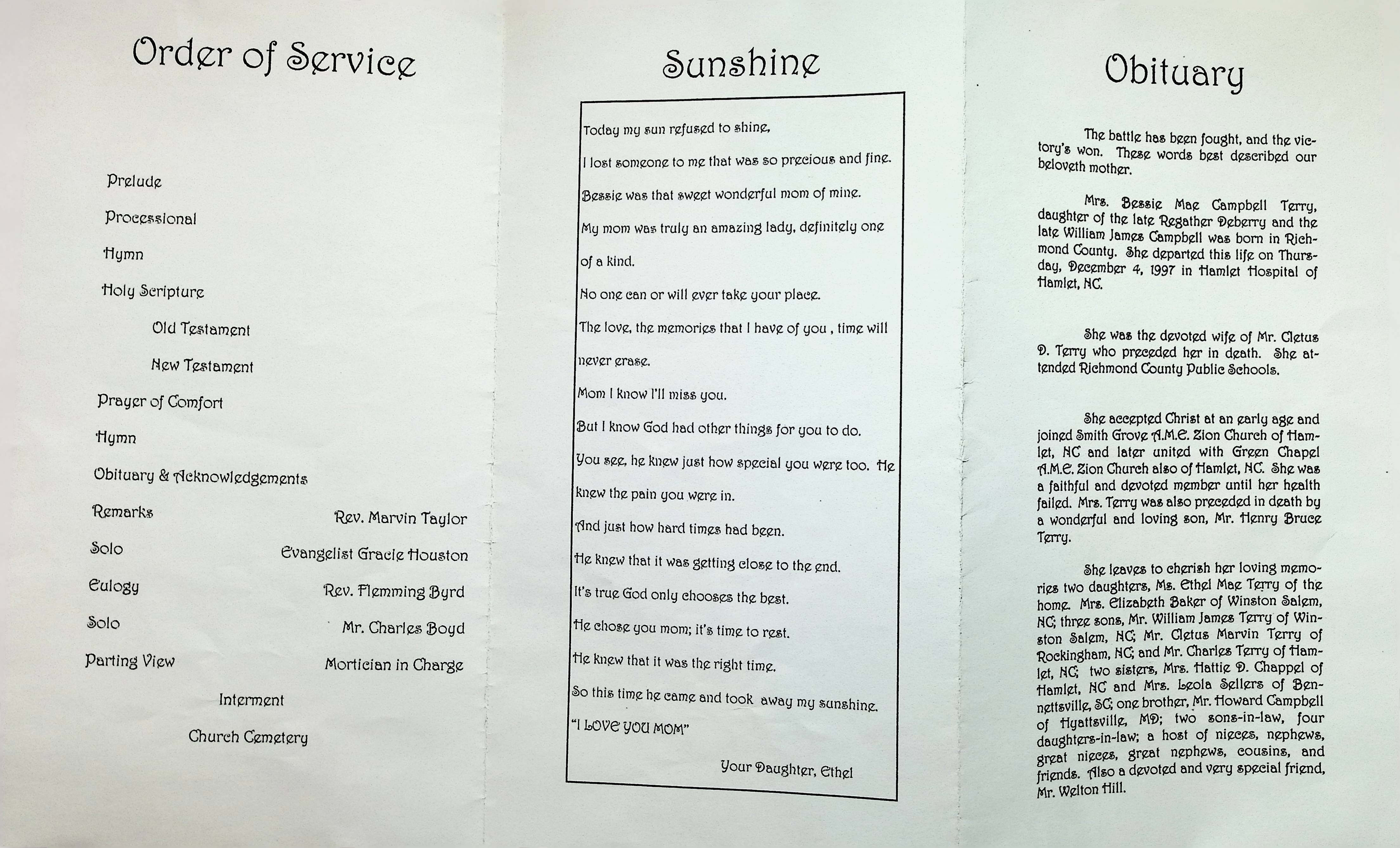
Lomax house, 54th Avenue
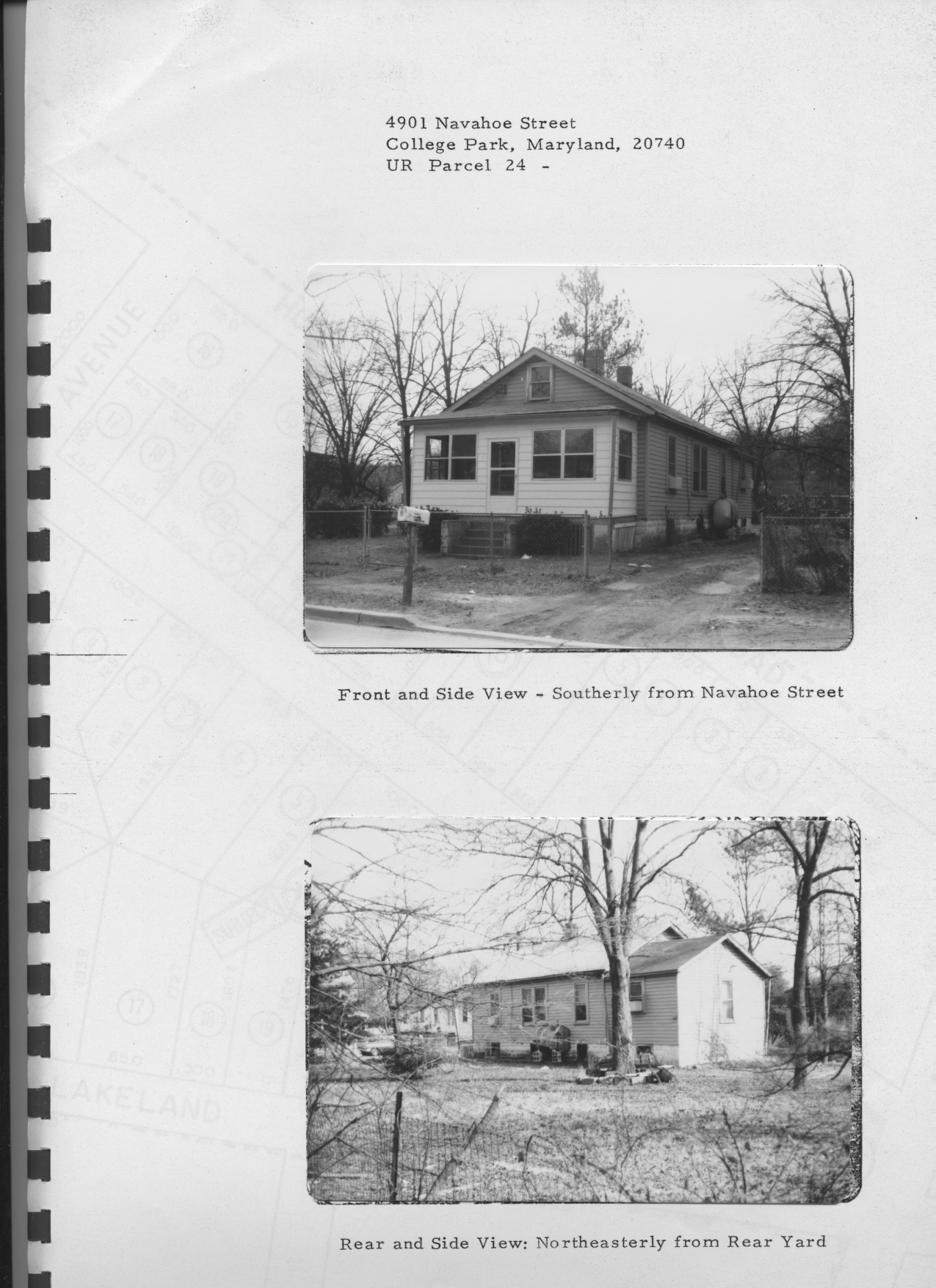
4901 Navahoe St. Urban Renewal Parcel 24 Ralph E. & Emma Conway
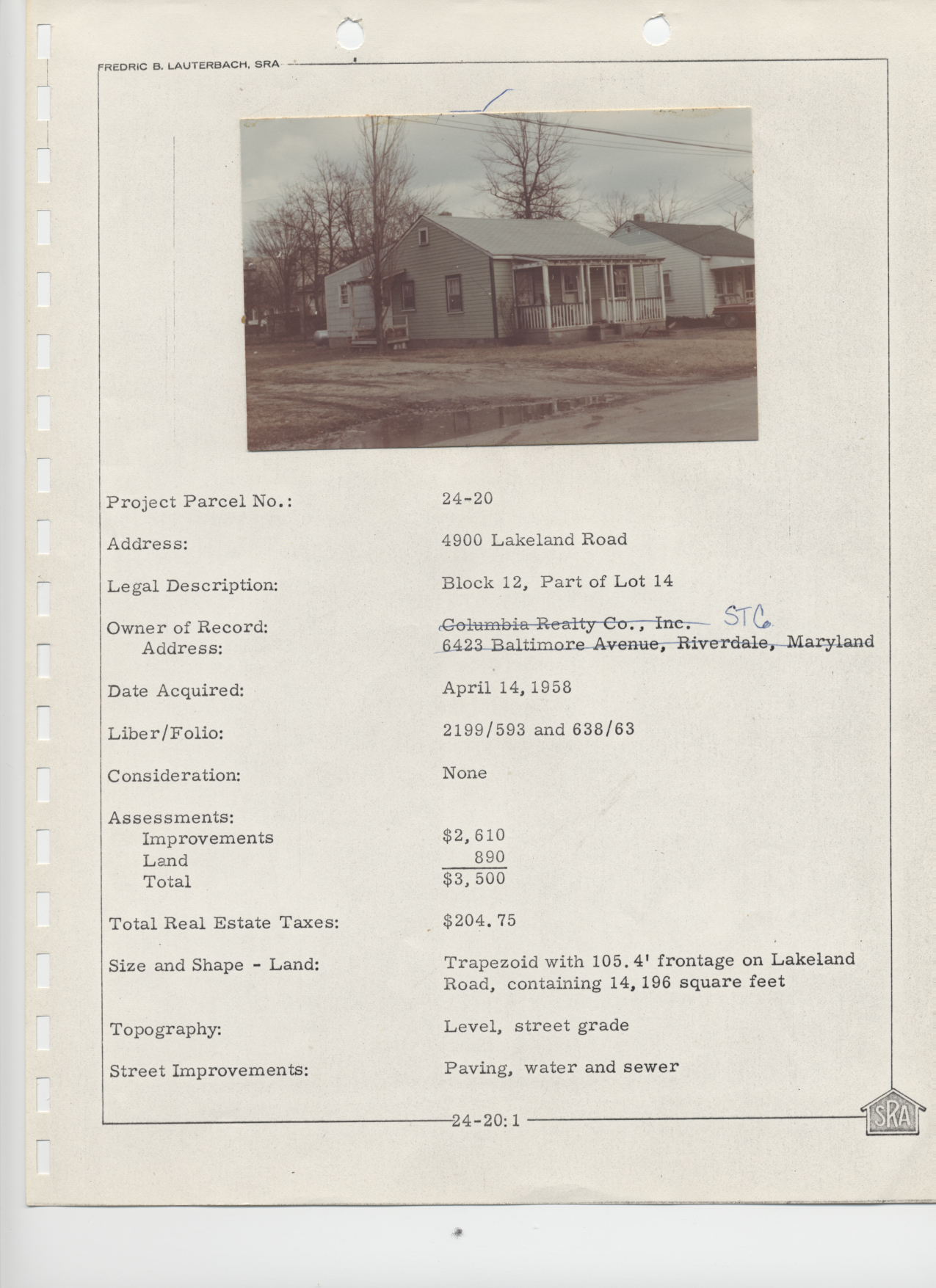
4900 Lakeland Rd Block 12, Block 14 Project Parcel 24-20 owner STG (Thomas G. Johnson)

Lot 4 Block13 Parcel 20 8112 51st Ave Alsie Nickens & Elsie White

8115 54th Avenue
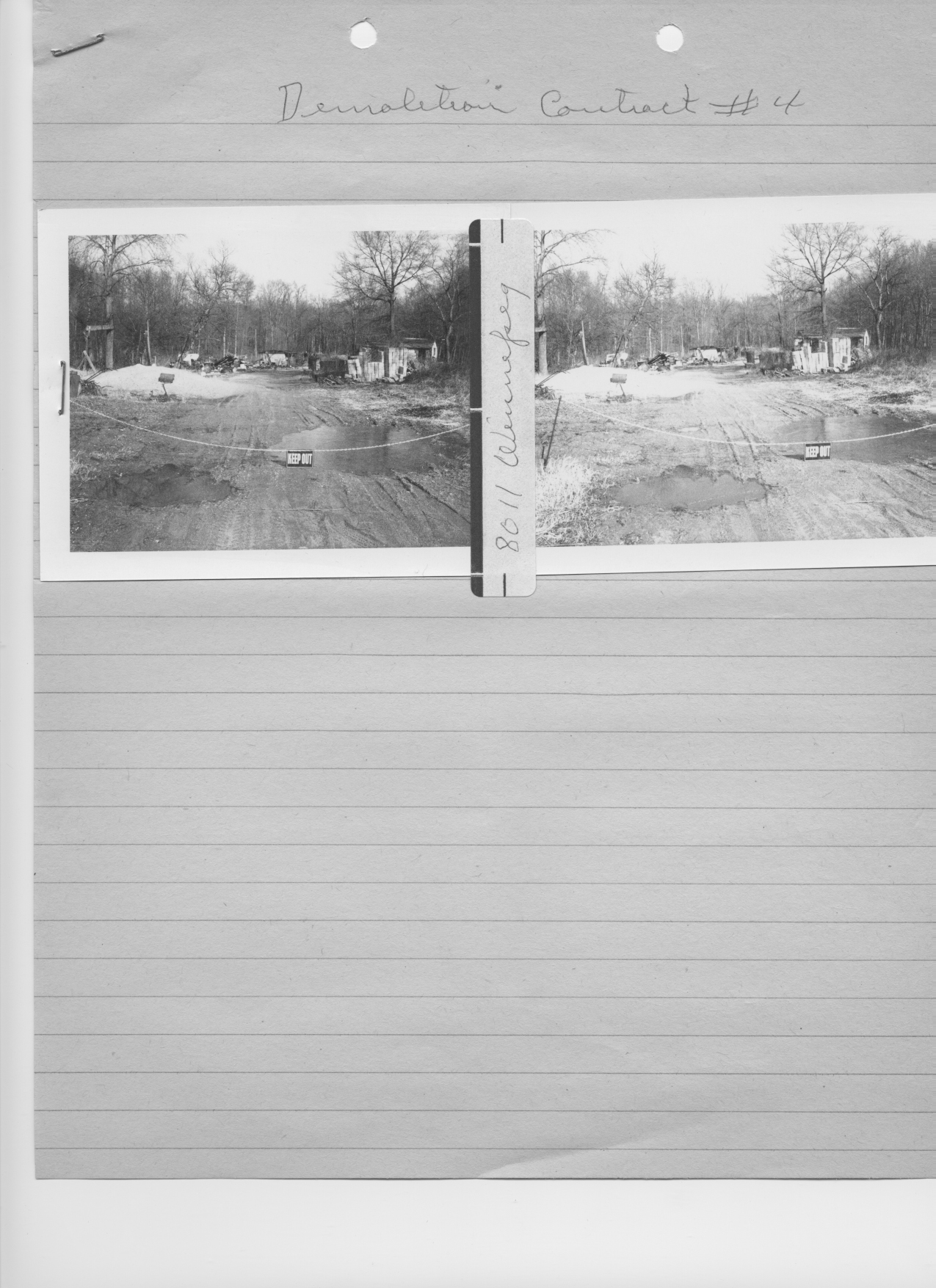
8011 Winnipeg Avenue

4903 Navahoe Street East part of Lot 3 Block 12 Urban Renewal Lot 3 Block 24 Mary E. Stewart 1/3, Sam R. Stewart 1/3; Earl Conway 1/6, Raymond Conway 1/6

Property face was on Baltimore Avenue and included several small cottages and a larger building. A note on the photo from contributor states "Housing for B&O Railroad Employees"

Possibly 4827 Navahoe Street Mary E. Stewart, Samuel R., Earl & Raymond Conway

4808 Lakeland Rd Floyd & Azalian Ross Block 12 Lot 12. Project Parcel 24-7

4702 Lakeland Rd Lot 10 Block 19, Urban Renewal Parcel 8 Block 23

Located on the corner of Lakeland Road and 51st Avenue

4812 Lakeland-Sherman & Saxoline Campbell

In 1970, Prince George’s County officials reported that only a few of Lakeland’s streets were paved, lighting was inadequate, and home values lagged behind those of neighboring white communities. The report failed to mention contributing influences, such as the disparity in economic prospects and the lack of financing opportunities for residential and commercial properties. African Americans were primarily dependent on unregulated private lenders; bank mortgages were rarely granted. Here are two homes on Lakeland Road circa 1968.
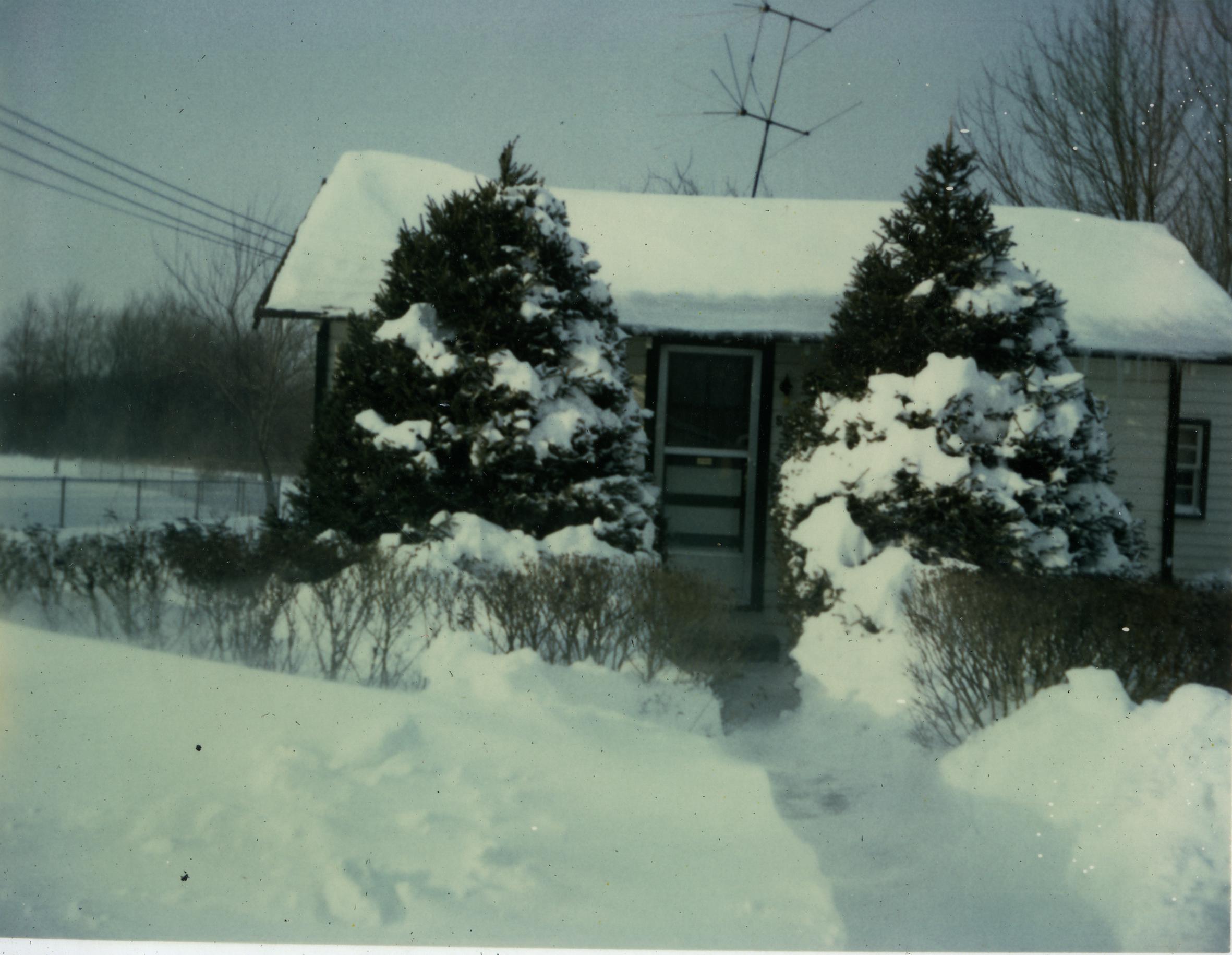
Edwards house twenty years after #16 1966 without car.

5001-5007 Lakeland Rd Parcel 15/8

5400 Cleveland Ave Block 45, Lot 6 Project Parcel 18-3

Leonard Smith and Mamie McCorkle 8200 Rhode Island Avenue Pride of Bladensburg Lodge #514 I.B.P.O.E.W.
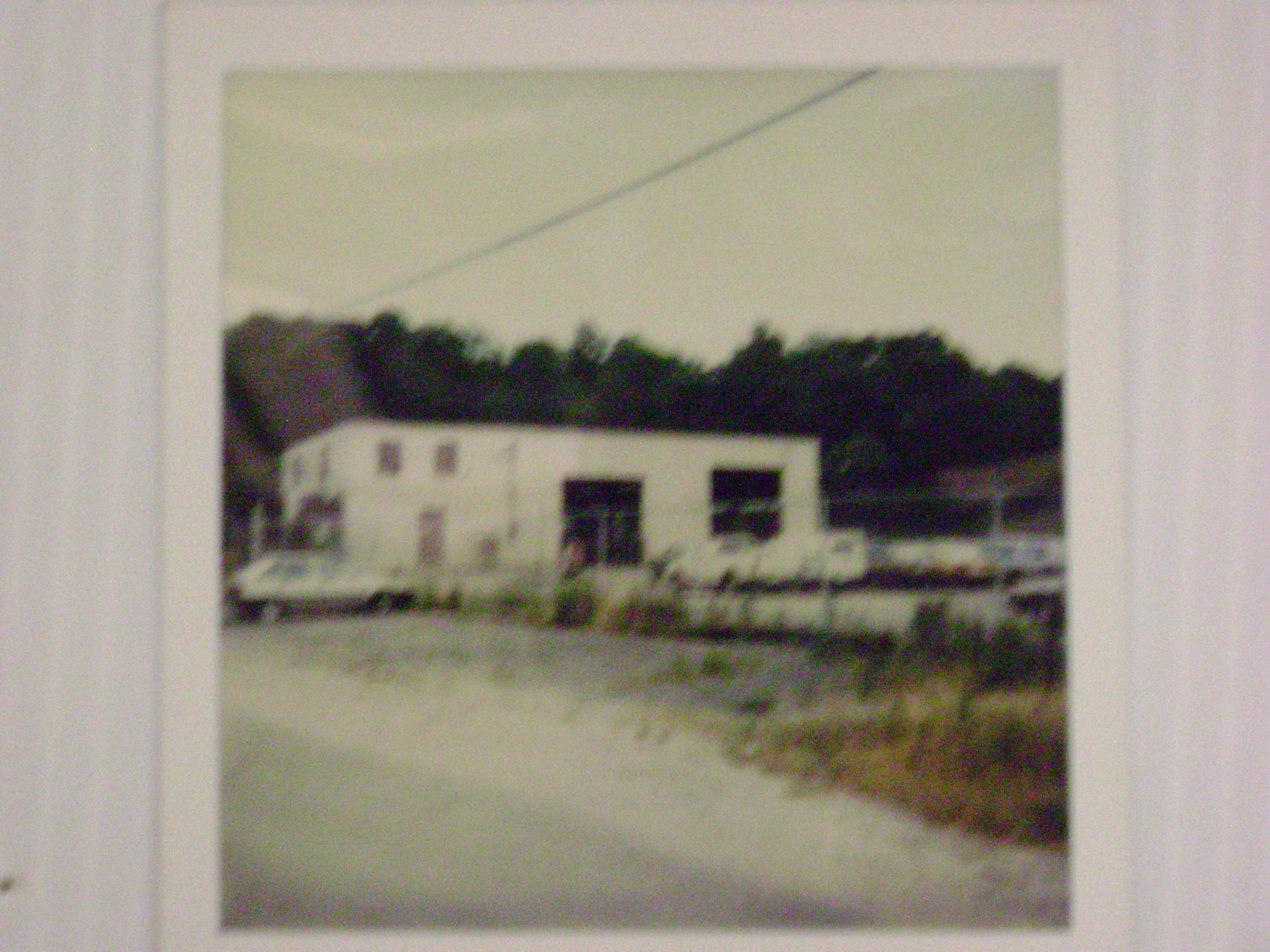
Weygandt property
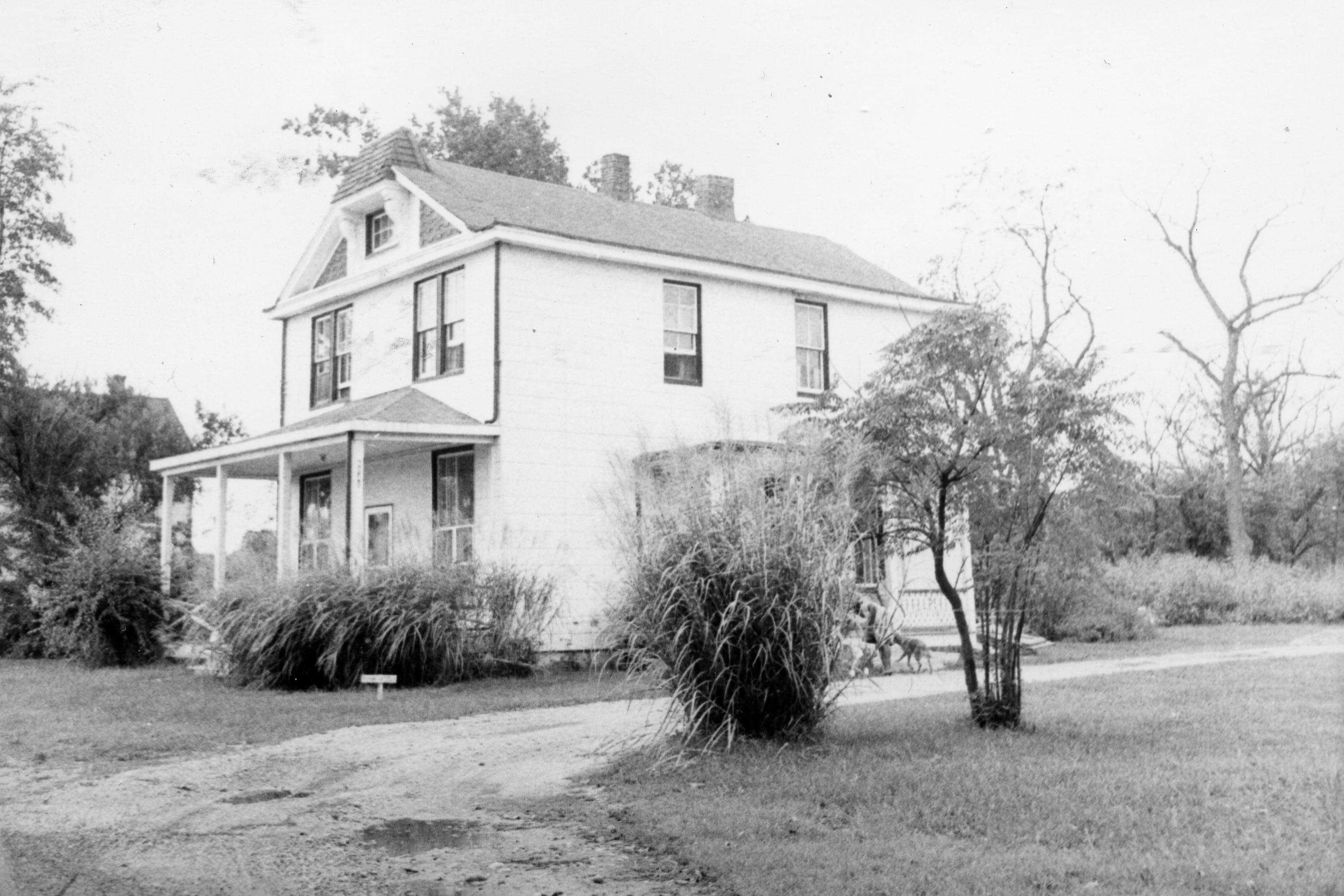
Located directly across from Lake Artemesia and the Baltimore and Ohio Railroad tracks, the Gray family home was for more than 60 years the site of many gatherings for family and friends. It hosted elementary school students in 1909 when the space in the schoolhouse became inadequate. From 1909 to 1917 a post office and rail stop operated from it as well. Today, Paint Branch Elementary stands on the property.

8104 and 8106 48th Avenue Block 19 E. 87.1 of Lot 1 Project Parcel 23-1
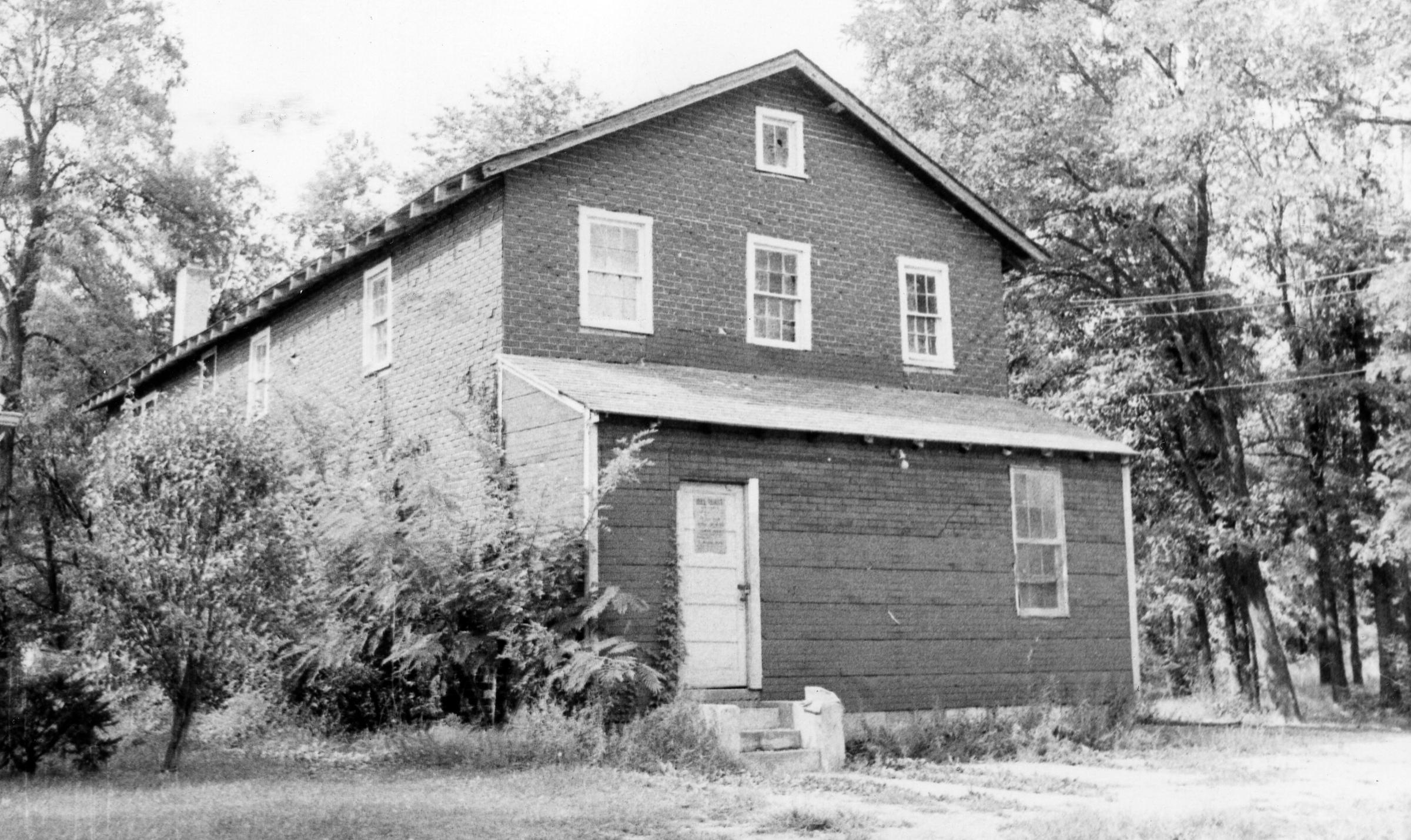
With the limited access African Americans had to public spaces until the 1960s, this building on western Navahoe Street was forced to serve a multitude of functions. It was designated “Lakeland’s Hall” because it served as an informal community center as well as a place for public meetings, dances, wedding receptions, and church services. On Saturday, it became a movie theater. The building is shown here circa 1965. This hall replaced an earlier structure that was located in the central section of the community.
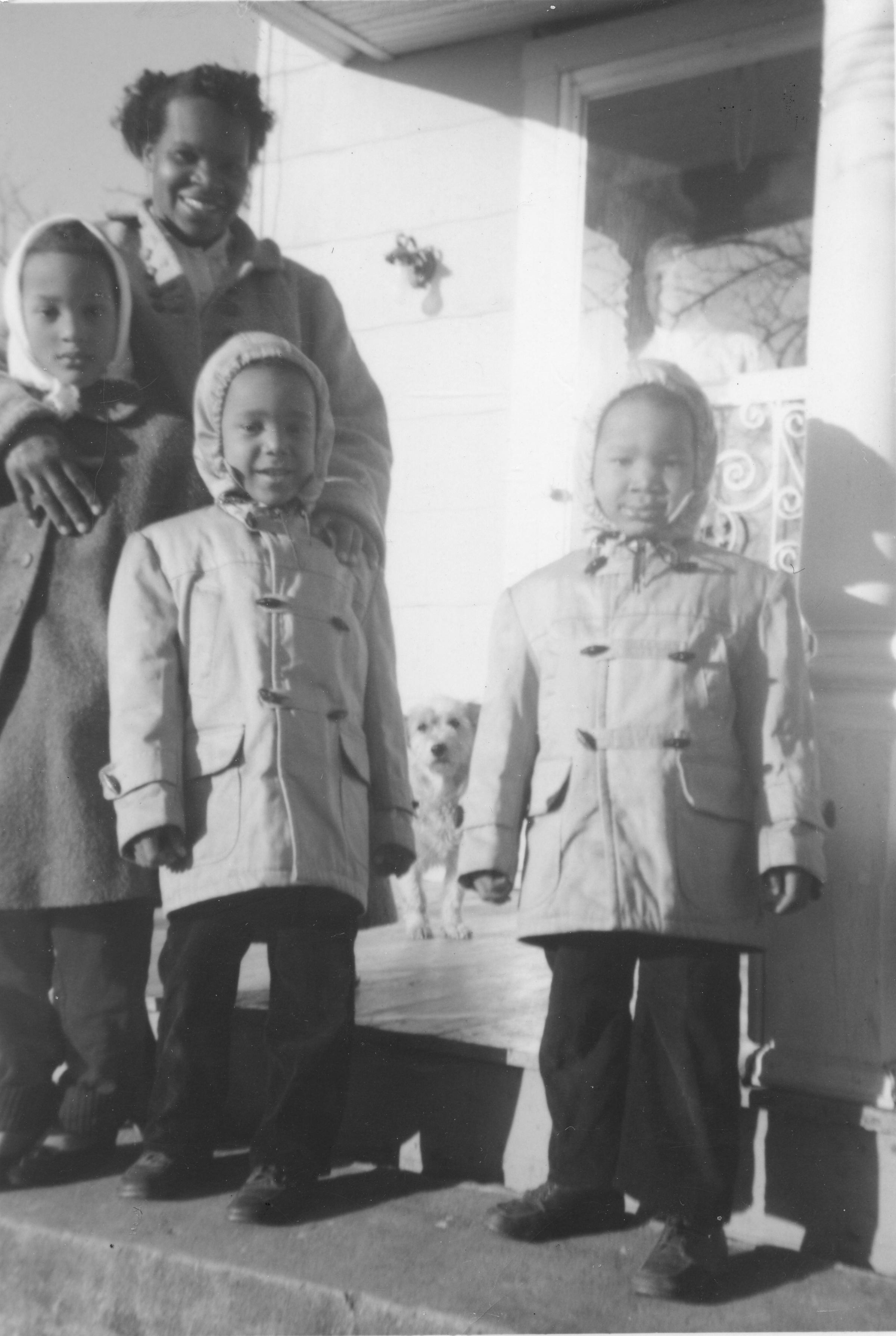
Front left to right are children Joanne, Harry Jr. and Douglas
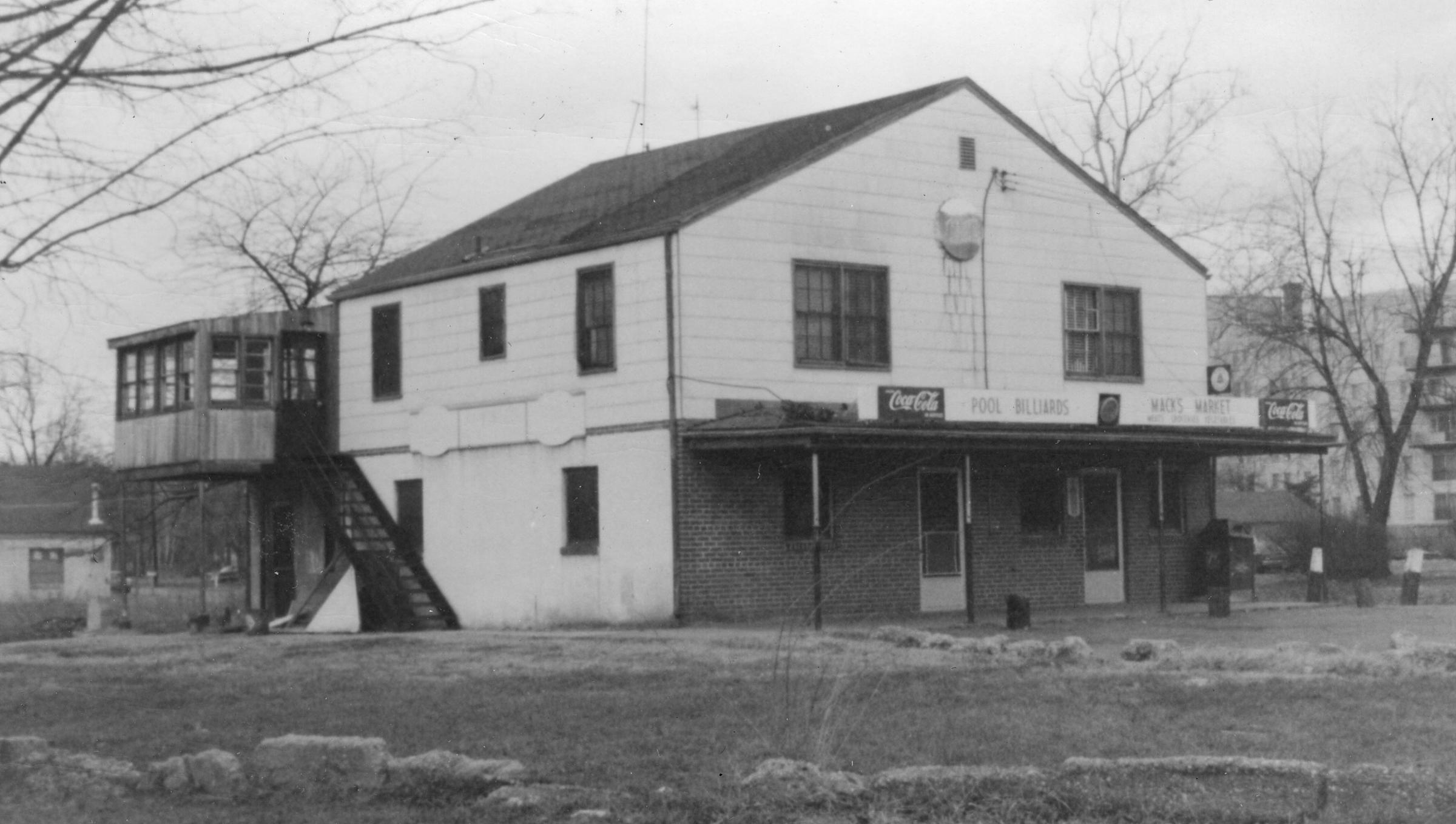
J. Chesley Mack, sometimes referred to as the unofficial mayor of Lakeland, operated Mack’s Market on Rhode Island Avenue. It was a general store with an ice cream counter and billiard parlor on the main floor, and rental apartments on the second floor. Mack also worked as a chef at the University of Maryland and served as Lakeland’s City Council representative from 1945 until 1957.
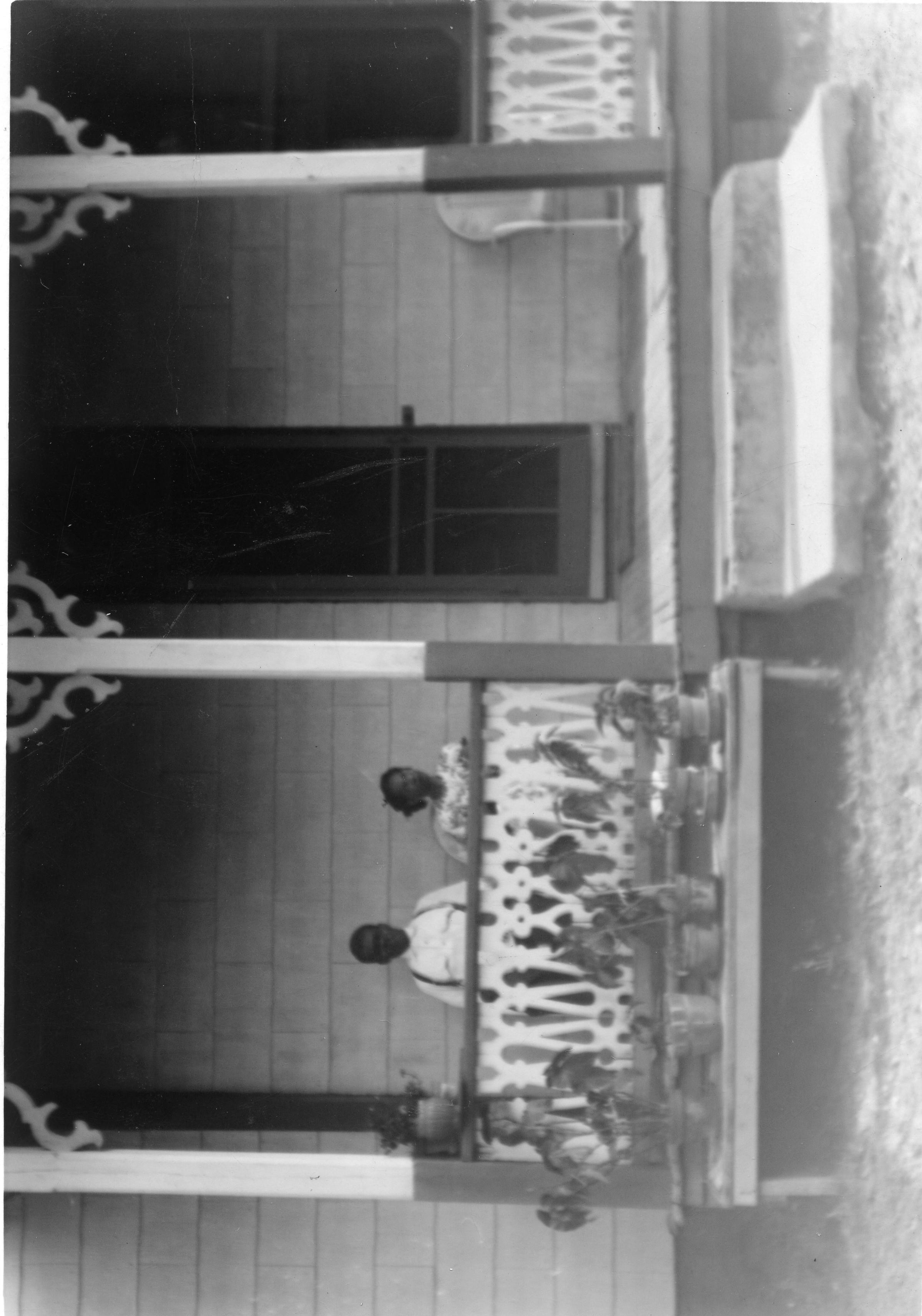
Two seated on the porch of the Gray family home located on the corner of 54th Avenue and Pierce Avenue

Urban Renewal Parcel 8 Block 15 5001-5007 Lakeland Rd
Myron Gray's mother, Emma Christine, is in the doorway with one of the Gray children (unknown which); his aunts, Eliza and Pauline are at the table; his uncle, James Gray is standing. Left to Right: Eliza, James, Emma Christine with one of the Gray children, and Pauline Gray.
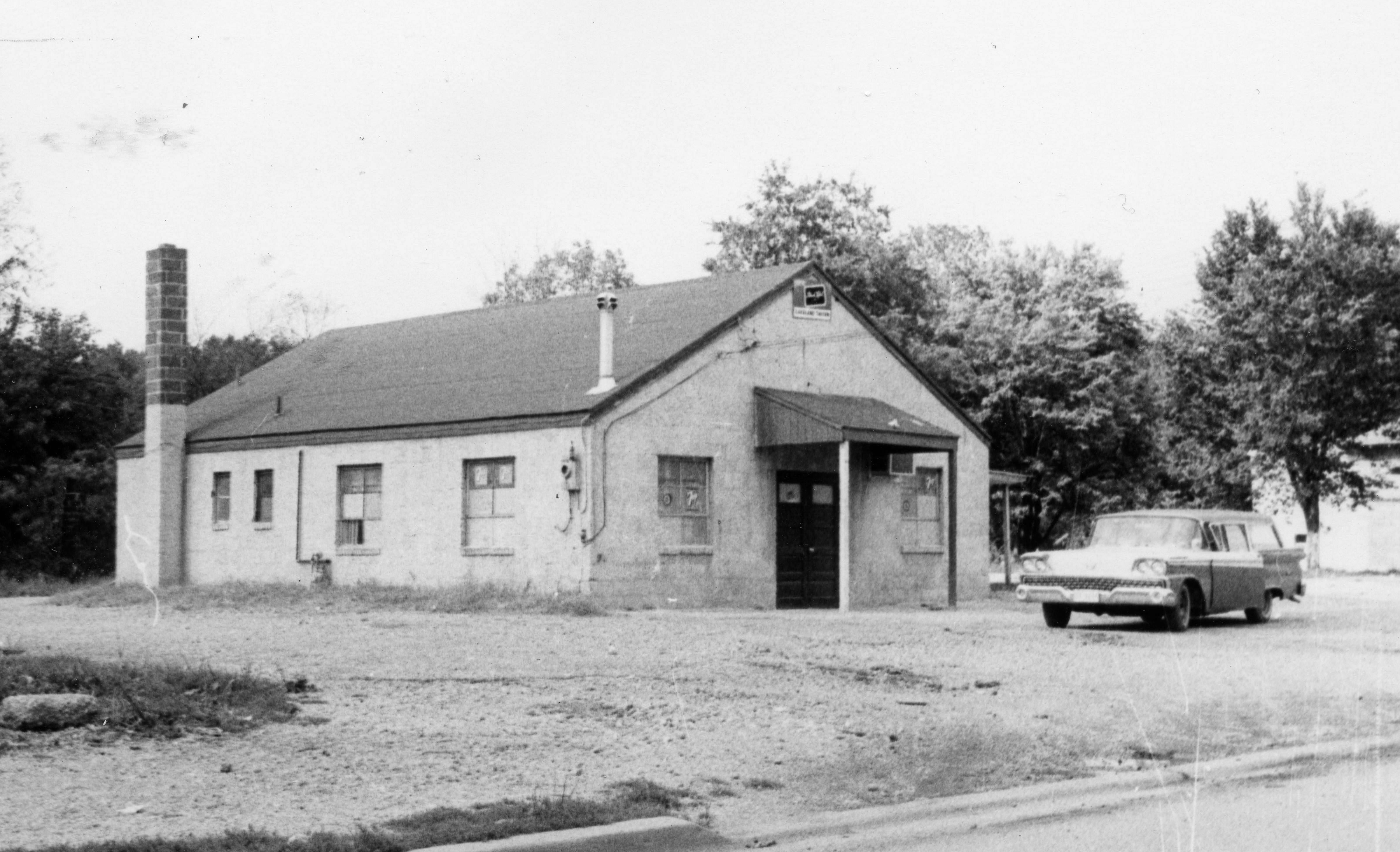

In 1970, Prince George’s County officials reported that only a few of Lakeland’s streets were paved, lighting was inadequate, and home values lagged behind those of neighboring white communities. The report failed to mention contributing influences, such as the disparity in economic prospects and the lack of financing opportunities for residential and commercial properties. African Americans were primarily dependent on unregulated private lenders; bank mortgages were rarely granted. Above are two homes on Pierce Avenue circa 1965. Here are Two homes on Lakeland Road circa 1968.